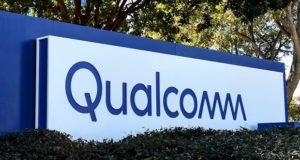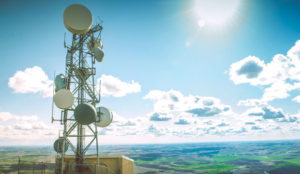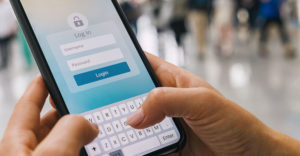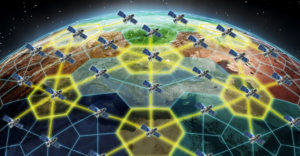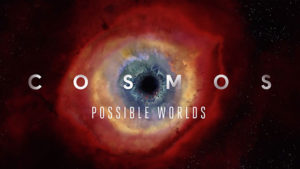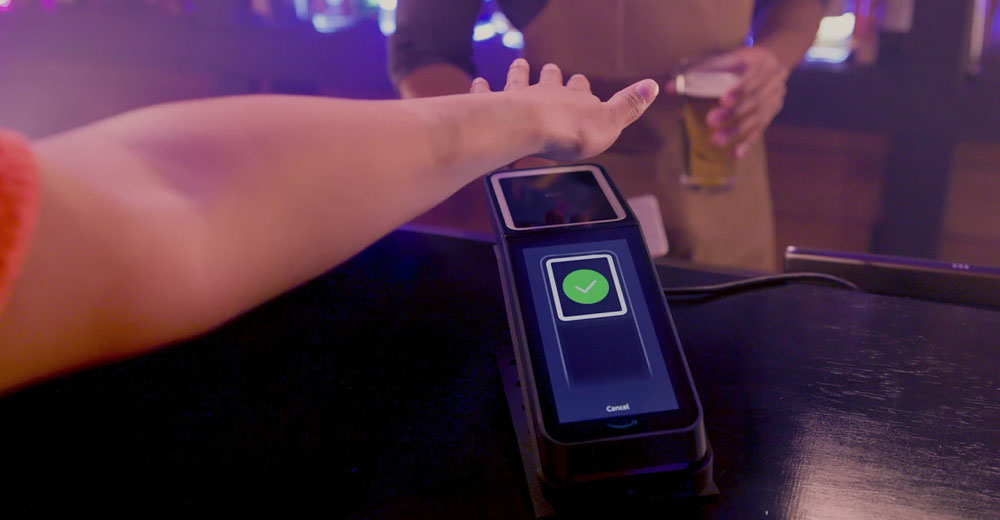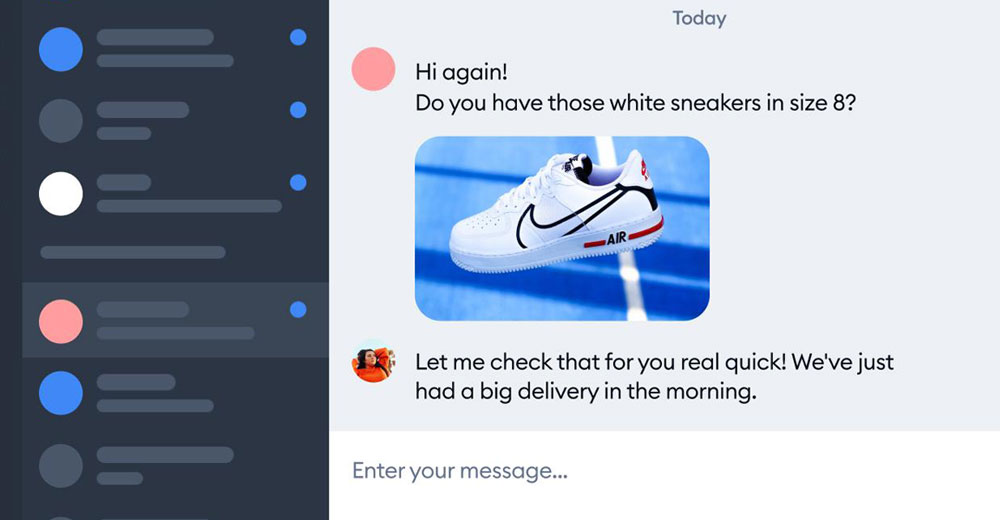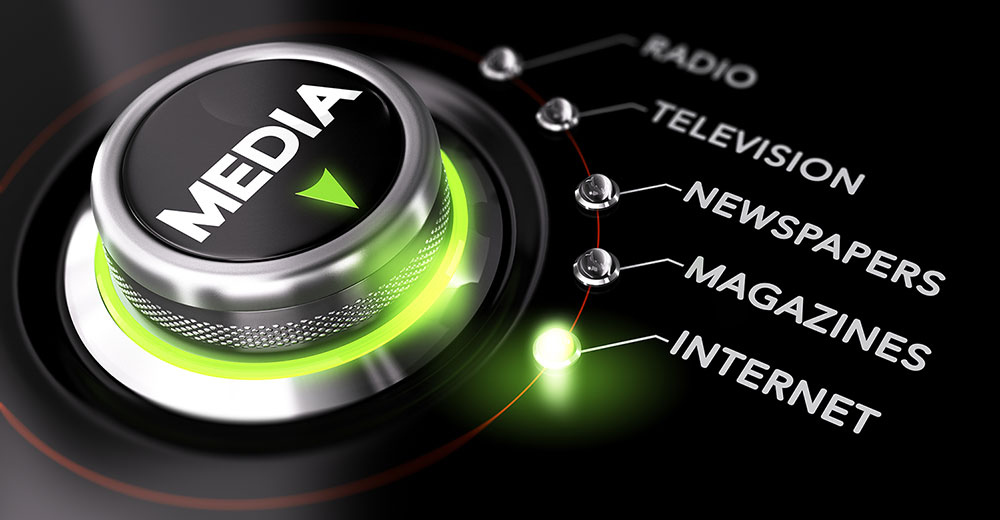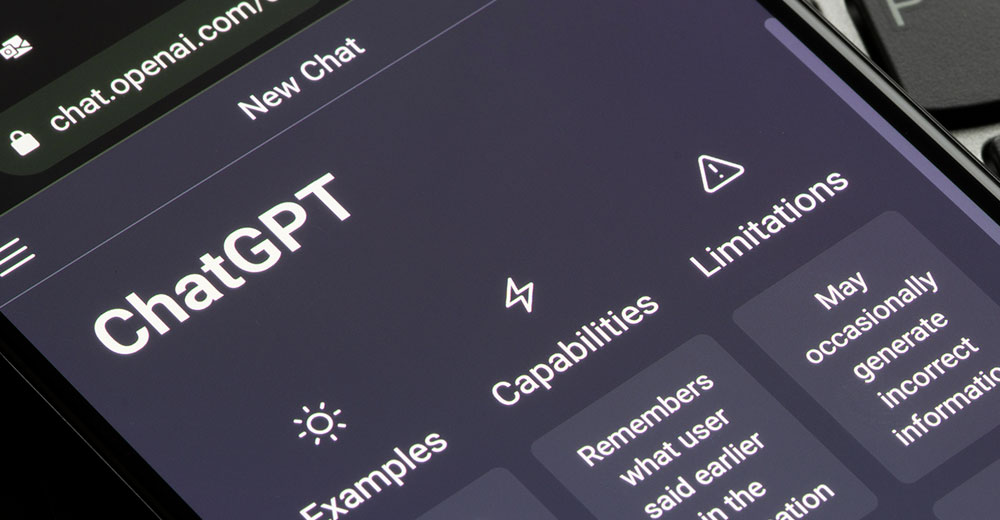The next generation of iPhones expected to be launched in September will include support for satellite communication, according to numerous news reports based on a research note released by insightful Apple analyst Ming-Chi Kuo.
Kuo predicted in the note that Apple will include hardware in the iPhone 13 that allows the mobile to connect to low-earth-orbit satellites. With the right software, he continued, the hardware lets an iPhone make phone calls and send and receive text messages without connecting to a cellular phone network.
The KGI Securities analyst suggested that cell phone service providers could work with Globalstar — a satellite communications operator believed to be a likely Apple partner — to seamlessly provide satellite access through the carrier’s existing service and infrastructure offerings.
In February, Qualcomm announced it would be including Globalstar’s Band n53 in its new 5G X65 modem. Kuo predicted Apple would use a customized version of Qualcomm’s X60 chip, which will support satellite communication, in the iPhone 13.
After Kuo’s predictions were widely publicized on Monday, Globalstar’s share price jumped 64.34 percent by the close of trading.
Fantastic But Unrealistic
Kuo’s prognostications were greeted with skepticism by some analysts.
“I have my doubts that this is ready for iPhone 13, but we could be surprised,” said Tim Bajarin, president of Creative Strategies, a technology advisory firm in Campbell, Calif.
“It would be ground breaking if they could deliver satellite coverage on an iPhone,” he added. “There are so many dead spots where cellular coverage is not available and this could assure a connection anywhere a person may be, even if it is a dense forest or out in areas not covered by cell sites.”
Bob O’Donnell, founder and chief analyst at Technalysis Research, a technology market research and consulting firm in Foster City, Calif. explained that support for satellite communication would require bigger batteries and external antennas for the iPhone.
“That’s why satellite phones are so big,” he told TechNewsWorld. “So I personally don’t believe Apple will be doing satellite.”
“Satellite would be fantastic to have,” he added. “I just don’t think it’s realistic that they would add it yet.”
He maintained that it’s more likely that Apple will add support for something like License Assisted Access (LAA), a feature of LTE which allows LTE in the licensed band to be combined with LTE in the 5 MHz unlicensed band to improve phone performance.
“One way to get faster cell phone connected speeds is by using multiple chunks of spectrum at the same time,” he said. “One of the benefits of having LAA is if the LAA bands are available, you can use some of that with your regular bandwidth to get faster downloads.”
Weak Consumer Interest
It would be big news if Apple developed a phone as small as an iPhone with satellite capability, observed independent technology analyst Jeff Kagan.
“However, it wont be interesting to the average user,” he told TechNewsWorld.
“Only a small slice of the marketplace would find interest in this,” he contended.
“Crazier things have happened,” Kagan acknowledged, “but I am not expecting a satellite phone this time around.”
If Apple were to incorporate satellite tech into the new iPhone, it would be a departure from its past, maintained Ross Rubin, the principal analyst at Reticle Research, a consumer technology advisory firm in New York City.
“Apple hasn’t been very aggressive in exploiting new network technologies,” he told TechNewsWorld.
He also found it to be an odd time for Apple to be introducing satellite tech into its phones when so many carriers are building out their 5G networks, which has been a strong upgrade driver for consumers, who want faster speeds and lower latency.
Kuo’s prediction that Apple would be introducing significant new technology into a Qualcomm modem also puzzled Rubin, since Apple has been moving aggressively away from Qualcomm modem technology.
“A satellite connection isn’t a capability that most people need very often,” he added. “That’s why you don’t see it built-in to any cell phones today.”
However, Kuo maintained that adding satellite capabilities to its iPhones could be part of a larger play for Apple. He speculated that LEO satellite communication could be used by other upcoming products, such as the augmented reality headset, Apple car and other IOT accessories.
Apple and Globalstar did not respond to requests for comment for this story.
Customer Experience Control
If Apple does add satellite support to the next iPhone, it gives the company an opportunity to offer a new service to its customers and to gain more control of the networks used by the iPhone.
“Apple wants to own more and more of the customer experience,” Rubin explained. “If it can control the network, then it can control more of the experience.”
He added, however, that there are non-satellite technologies coming online that give people access to voice and text functionality when they’re outside cellular coverage areas.
One such technology is LoRaWAN, which offers low-power, low-bandwidth, long-distance wireless connections using the 900 MHz band of the wireless spectrum.
“LoRaWAN allows folks to make phone calls and send text messages without being on a carrier’s network,” he said.
Ahead of Schedule
Apple’s interest in satellite technology dates back to 2017. At that time, Bloomberg reported that the company was in talks with Boeing over setting up a LEO network to beam the internet into developing nations.
In 2019, it was reported that Apple had begun hiring software, hardware, and aerospace engineers to find new methods of data transfer for the iPhone and its other fleet of consumer products.
Bloomberg explained that while Apple was interested in the satellite domain, it didn’t know what it wanted to do there.
While there was always the possibility that the satellite project could be abandoned, it noted, satellites are seen as a priority for the company by Tim Cook.
Among the possible outcomes cited by Bloomberg for a satellite endeavor was reduction of the need for carrier relationships.
At that time, it was predicted that it would take at least five years before Apple would be sending data through the atmosphere to its iPhones.
If Kuo is accurate, Apple may be ahead of schedule.




